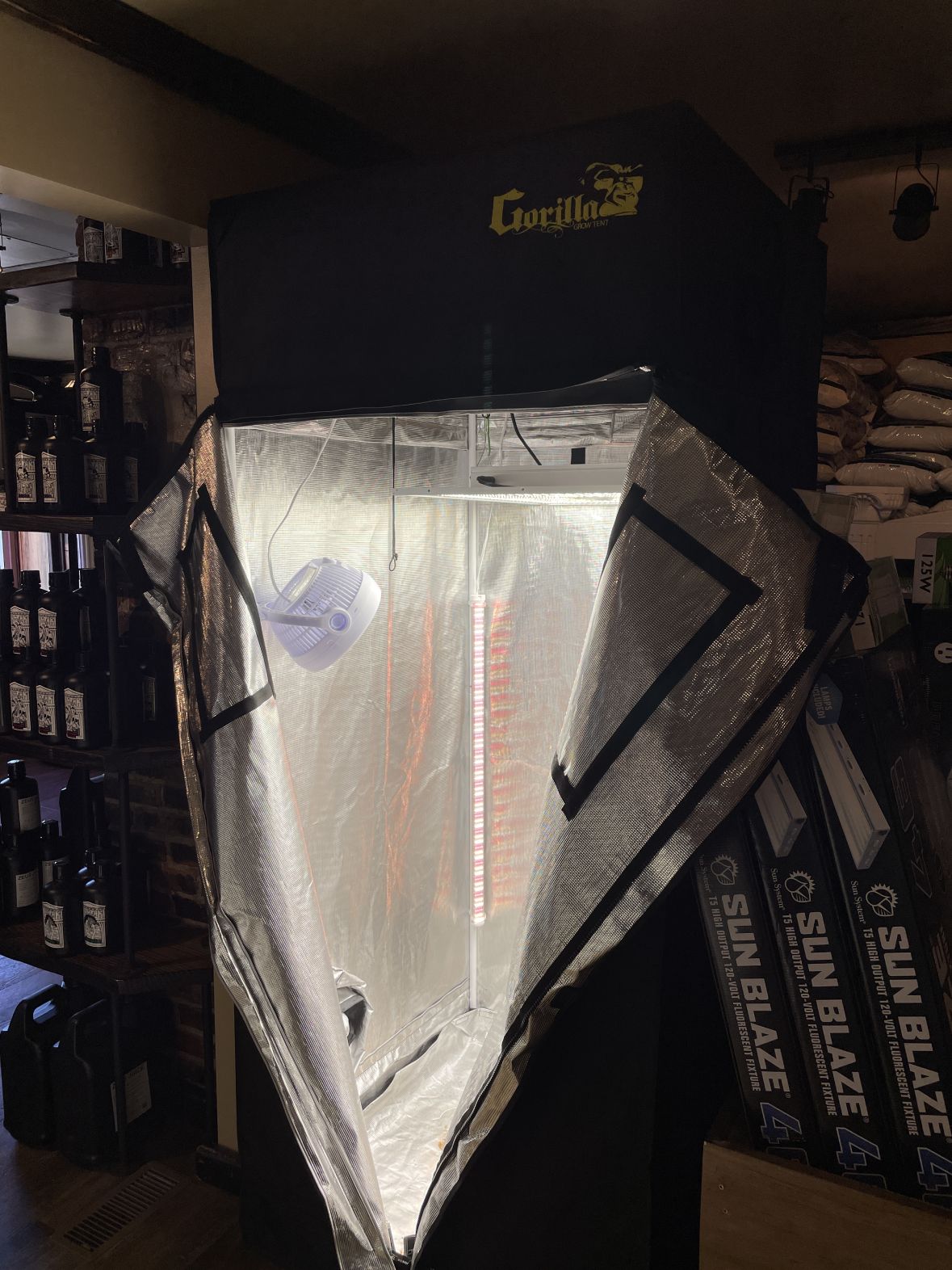Opening the Prospective of Hydroponics: Comprehending Its Utilizes and Various Kinds
Hydroponics, an approach of cultivating plants without soil, has actually gathered boosting attention for its prospective to transform farming and cultivation practices. As we browse via the elaborate landscape of hydroponic systems and methods, it ends up being obvious that each approach holds unique advantages and constraints.
Advantages of Hydroponic Solutions

Another advantage of hydroponic systems is the ability to grow plants in a smaller space. By eliminating the need for dirt, plants can be expanded up and down or in piled systems, optimizing the usage of readily available area. This is specifically valuable in metropolitan areas or areas with minimal arable land. Hydroponic systems reduce the risk of soil-borne illness and bugs, as there is no dirt to nurture these threats. This causes much healthier plants and reduces the requirement for unsafe chemicals, making hydroponic farming an extra lasting and eco pleasant choice.
Typical Makes Use Of in Farming

Given the reliable water preservation and space-saving benefits of hydroponic systems, it is noticeable that these ingenious agricultural approaches have located typical uses in different sectors of farming. The controlled environment of hydroponic systems makes it possible for year-round cultivation, giving a constant supply of fresh fruit and vegetables regardless of external weather condition conditions.
Hydroponics is commonly used for growing a range of plants, consisting of leafy eco-friendlies, tomatoes, cucumbers, peppers, strawberries, and natural herbs. In addition, hydroponic systems are made use of in research and educational settings to study plant growth, growing, and nutrition techniques.
Exploring Various Hydroponic Strategies
What are the various cutting-edge strategies made use of in hydroponics to enhance plant farming performance and yield? Hydroponic systems offer a series of methods that accommodate various plant kinds and farming objectives. One prominent method is the Deep Water Culture (DWC) system, where plant roots are submerged in a nutrient remedy, providing ample oxygen and nutrients. Another widely used method is the Nutrient Movie Strategy (NFT), which involves a shallow stream of nutrient remedy moving over the plant origins, advertising water and nutrient uptake. Furthermore, the Ups and downs system, also referred to as the Flooding and Drainpipe system, intermittently floods the plant origins with nutrient option, enabling for oxygenation during draining pipes durations. Aeroponics is another cutting-edge technique that involves misting plant roots with a nutrient solution, optimizing oxygen absorption and nutrient uptake. Each of these methods showcases the versatility and performance of hydroponic systems in improving crop development and return.
Comparing Numerous Hydroponic Systems
Discovering the effectiveness and yield improvement techniques in hydroponics leads us to contrast different hydroponic systems readily available for crop cultivation. Each hydroponic system has its distinct attributes, benefits, and constraints, making it essential for farmers to select the most ideal system based upon their particular requirements and restraints.
One of the most typical find more hydroponic systems is the nutrient film strategy (NFT), where a slim movie of nutrient solution continuously flows over the plant roots. In comparison, the deep water society (DWC) system immerses plant origins straight right into the nutrient option, supplying adequate oxygen and nutrients.
An additional prominent hydroponic system is the ebb and flow (or flooding and drain) system, which occasionally floods the plant origins with nutrient option prior to draining it. By recognizing the differences in between these hydroponic systems, cultivators can make informed choices to optimize crop return and quality.
Innovations in Hydroponic Innovation
One key technology is the development of smart hydroponic systems that make use of sensing units and automation to monitor and change ecological conditions such as pH degrees, nutrient focus, and light exposure in real-time. These systems make it possible for precise these details control over growing problems, leading to optimal plant growth and higher crop yields.
Another significant development is the assimilation of vertical farming methods with hydroponic systems, permitting the cultivation of plants in piled layers. This upright technique makes best use of area use, making it excellent for city settings where land accessibility is restricted - The Indoor Earthworm. Additionally, the use of advanced LED illumination systems tailored to certain plant demands has actually boosted energy effectiveness and boosted development prices in hydroponic arrangements
Advancements like these are driving the advancement of hydroponics, making it a highly attractive and lasting option for modern agriculture.
Final Thought
To conclude, hydroponics supplies many benefits in farming and has various methods and systems that can be made use of to maximize its potential. Innovations in hydroponic technology remain to improve effectiveness and sustainability in food production. By understanding the usages and different sorts of hydroponic systems, farmers and farmers can unlock the full capacity of this innovative technique of growing plants without soil.
In addition, hydroponic systems allow for much better control click this site over nutrient levels, pH equilibrium, and ecological problems, leading to healthier plants and higher returns.

Comments on “The Indoor Earthworm Method: Your Key to Flourishing Plants Via Growing”